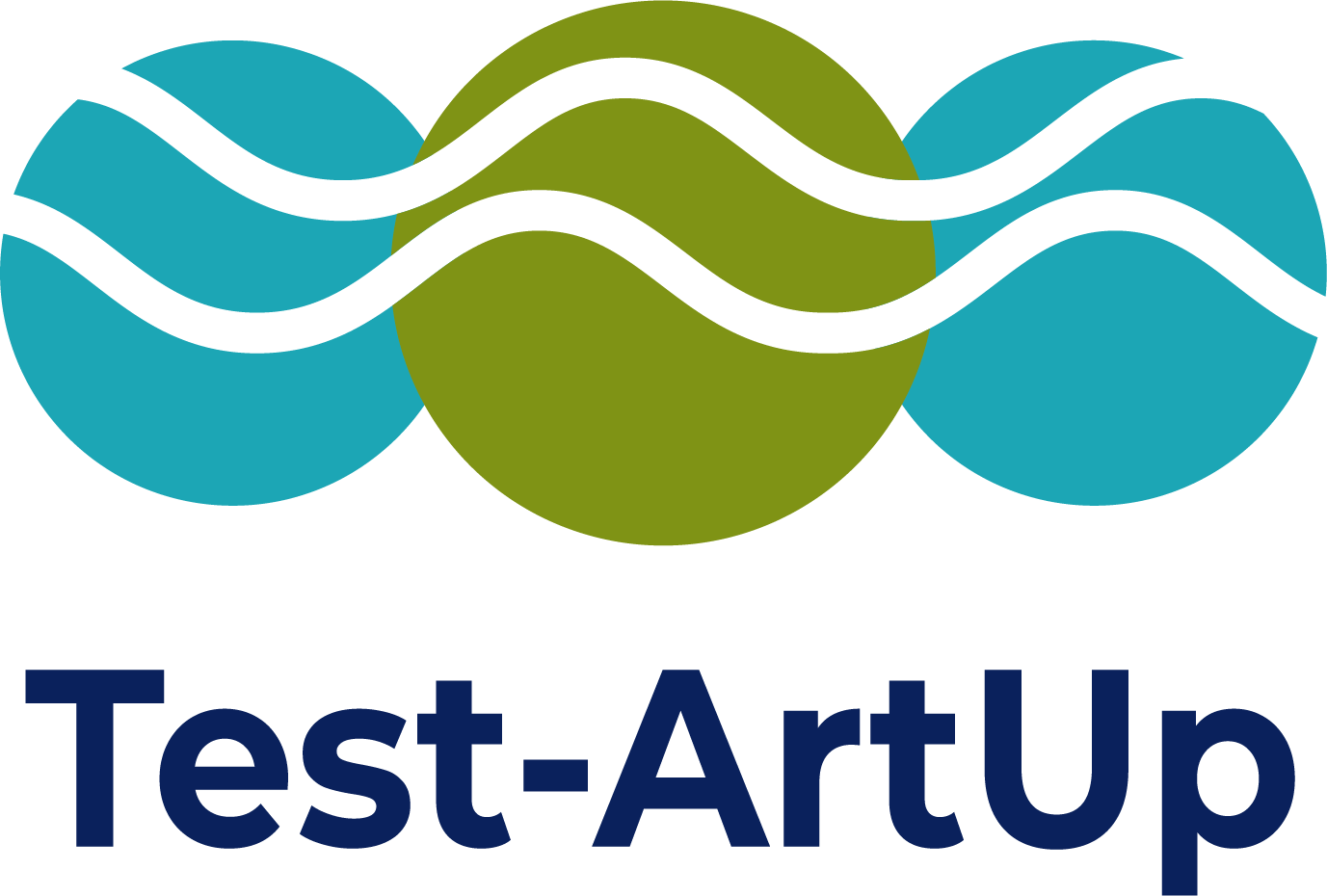Upscaling through biogeochemical modelling
We will use a global biogeochemical model (Uvic 2.9) to compare local effects of small-scale pulsed artificial upwelling with regional / global net effects. The focus is on the quantification of the modified respiratory carbon storage (carbon transported to the ocean interior via the biological pump) and total CO2 uptake and storage compared to a reference model experiment. To achieve this, an existing model and analysis system, will be combined with an ecosystem model extended to include the marine silicate cycle. The new ecosystem model includes in particular the additional state variables diatoms and silicate, and is therefore very well suited for the simulation required in this project for artificial upwelling with different silicate enrichment.
Anthropogenic CO2 emissions and ocean CO2 intrusion are known to cause ocean acidification and weakening of the marine CO2 buffering capacity. The latter reduces future marine CO2 uptake and generally modifies ocean-atmosphere CO2 partitioning. This is also believed to affect the CO2 uptake efficiency of artificial upwelling. Accordingly, a series of numerical model experiments will be conducted for selected CO2 emission and climate scenarios. This will contribute to better understanding the pCO2 path dependence of the additional CO2 uptake through artificial upwelling.
Artificial upwelling causes two opposing processes: the stimulation of the biological pump through addition of nutrients from the depths and the transport of CO2 from the depths to the ocean surface. Increased carbon:nutrient uptake, is expected to modify the balance of these two processes. Thus, related implications for the efficiency of artificial upwelling for net CO2 storage will be investigated.
Previous studies of artificial upwelling have focused on net CO2 uptake, and the role of individual carbon pumps has not been well quantified. Using separation and assimilation techniques originally developed for climate change studies, the contributions of the biological pump and the solubility pump associated with artificial upwelling will be explicitly quantified in global numerical models. The net CO2 uptake quantified in WP 4 will be incorporated into the econocmic assessment.
